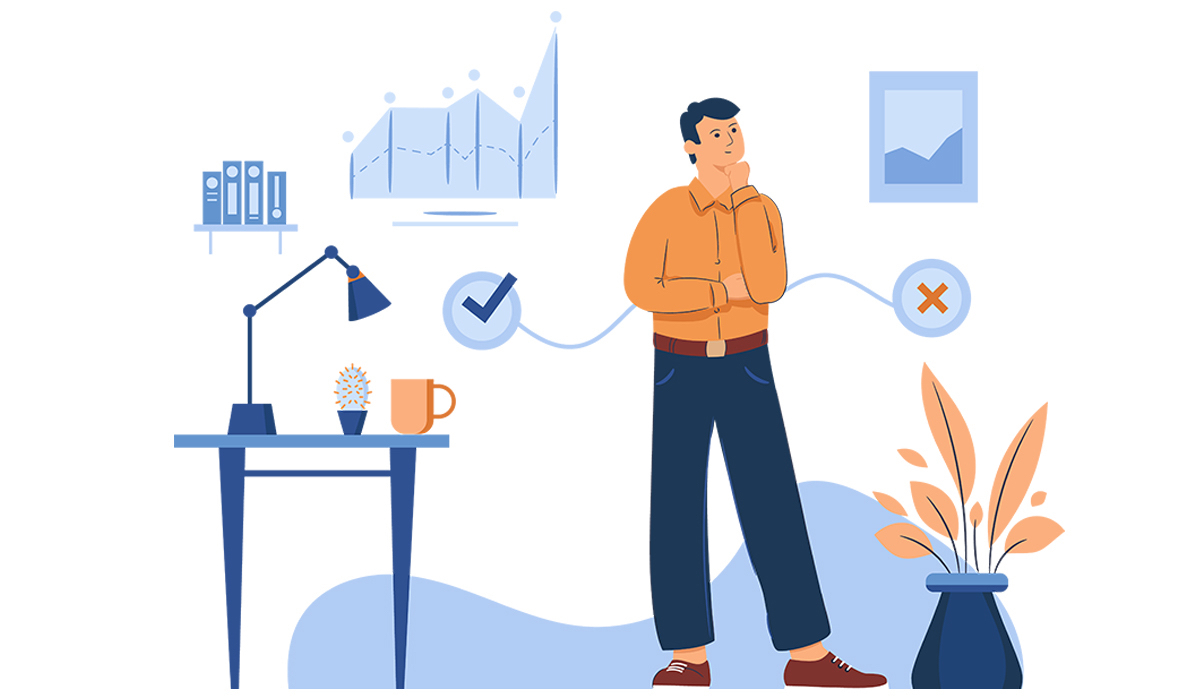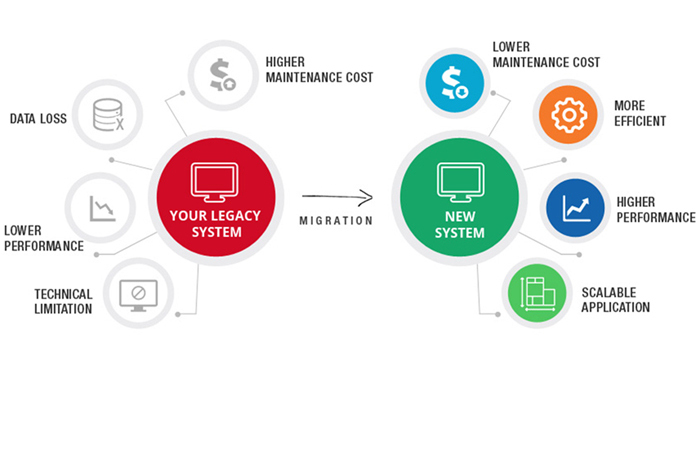Application Development
Next-generation, future-ready applications built for business enhancement
Connect UsNext-generation, future-ready applications built for business enhancement
Connect UsOur innovation-fuelled approach to Application Development and Maintenance helps enterprises to transform business applications. By using emerging technologies, we build with speed and agility to help clients meet current and future business needs. zDistanceLab Enterprise Application Development and Maintenance (ADM) solutions are designed for enterprise-wide digital transformation. This is the reason why enterprises across the globe trust zDistanceLab to effectively maintain and run their mission critical applications, helping them to increase their ROI and free up resources to focus on strategic initiatives.
Custom application development is the designing of software applications for a specific user or group of users within an organization. This custom software is designed to address specific needs within an organization as opposed to more traditional, standard software used by the masses.
We are developing custom application in the following areas.

A legacy application is a software program or application that is outdated or obsolete. Typically, they’re on-premises applications or programs that companies have relied upon for years. They include everything from QuickBooks, sales or CRM applications to custom and industry-specific applications.
The legacy migration is when a company moves outdated software, platforms or applications from an on-premises server to the cloud.

Legacy migrations are business-shifting, daunting projects. Businesses are often reluctant to migrate their applications. There are several reasons for this:
We at zDistnanceLab are doing different kind of migration strategies depending on the need of the application . We typically do cloud migration. The following are the advantages of legacy migration.
Applications maintenance and support focuses on stabilization of your applications, optimization of provided services and applications improvement. The Service includes various level of support with warranty .
The following are the examples of tasks that are performed within the service: adjusting of a software to the changes of regulating acts, implementing new functionality and change requests, building and deployment new versions of applications, investigating and solving problems and defects.
Our qualified specialists will start providing application support within the shortest possible period of time. You can define the format of collaboration within the service: choose between dedicated or shared support teams, define SLA (Service Level Agreement) as well as the level of management and project control.
We use process approach that provides results predictability and continuous quality level.
We give a warranty to all the changes made within which all defects revealed will be corrected as part of the service.

Our experts provide level 1, 2, and 3 support solutions, including standard-issue fixing, application, and system audits, IT environment support, and server administration.

In addition to typical application maintenance and development services, we offer multiple, modernization, migration and upgrade solutions for legacy apps.

Our developers provide web application maintenance solutions, including testing and debugging , updating site information with security measures, database maintenance and real-time monitoring and management.

Our Android & iOS app maintenance services support model enables better and faster software maintenance, increases app productivity, and result in higher app ROI.